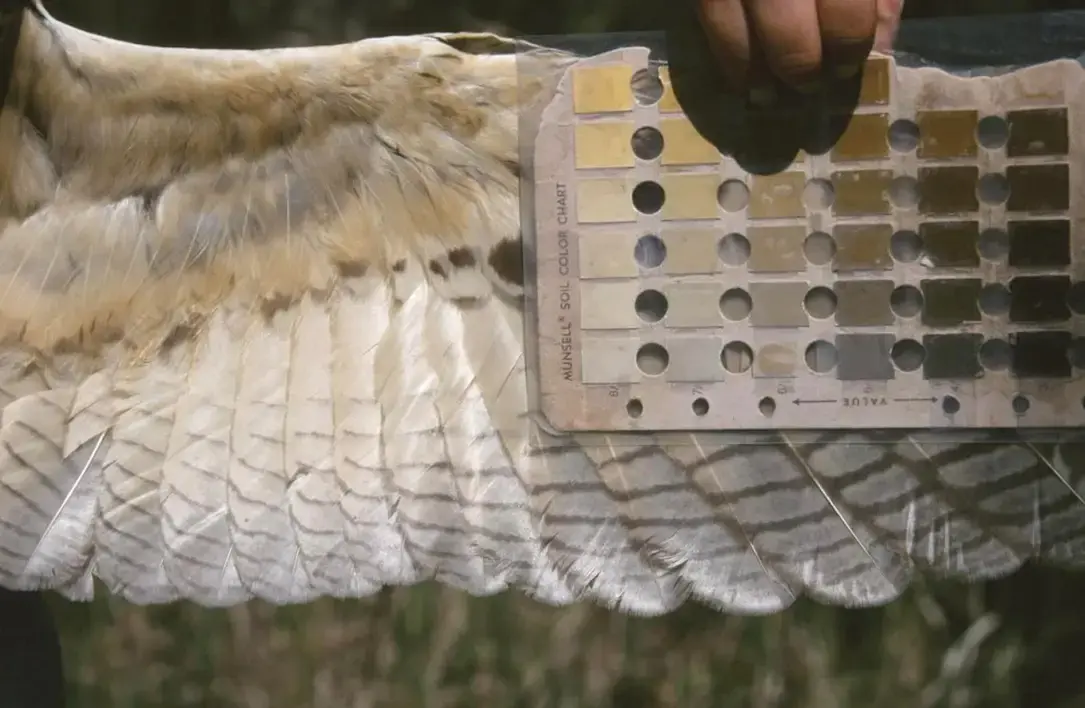Today’s post is from the Owl Research Institute.
Did you know you can tell the sex of an adult Long- eared Owl by color?
Though it may be subtle to the untrained eye, Long- eared Owls display sexual color dimorphism in their plumage. The Owl Research Institute tested this using a soil color chart to score the facial disk, tarsometatarsus, and underwing coverts of adult Long- eared Owls. Overall, females were found to be darker in color than males.
Photos 3-6 show adult male and female Long-eared Owls side-by-side. Can you guess which are which? Comment your guesses below!
Read more about sexual color dimorphism in Long- eared Owls in ORI’s 2016 publication titled ‘Sex Differences in Long-eared Owi Plumage Coloration’.



Quick definition of sexual dimorphism from Wikipedia: